
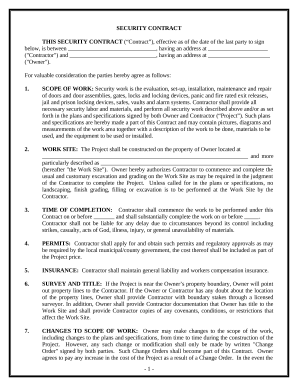
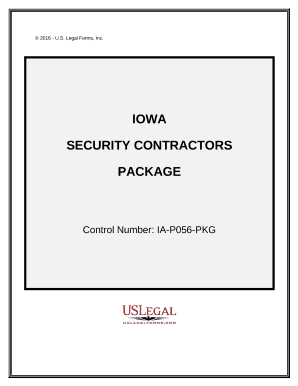
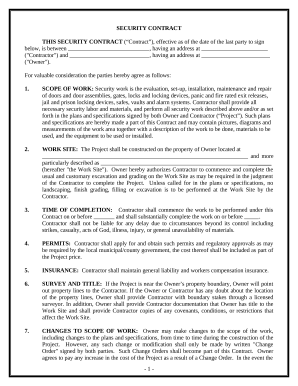

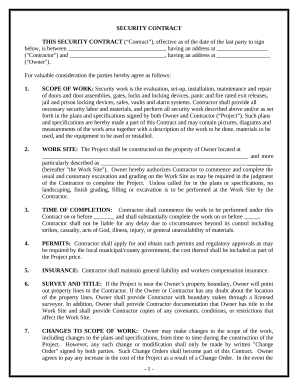
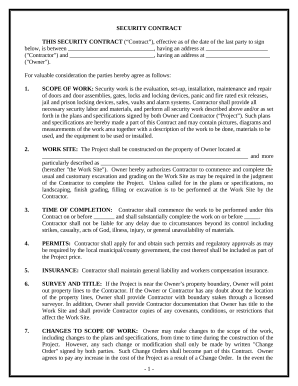

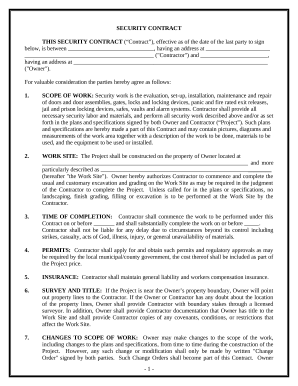
Improve your document managing using our Security Contract Legal Forms library with ready-made document templates that suit your needs. Get your form template, alter it, complete it, and share it with your contributors without breaking a sweat. Begin working more efficiently with your documents.
The best way to use our Security Contract Legal Forms:
Examine all the opportunities for your online document management using our Security Contract Legal Forms. Get your free free DocHub profile right now!